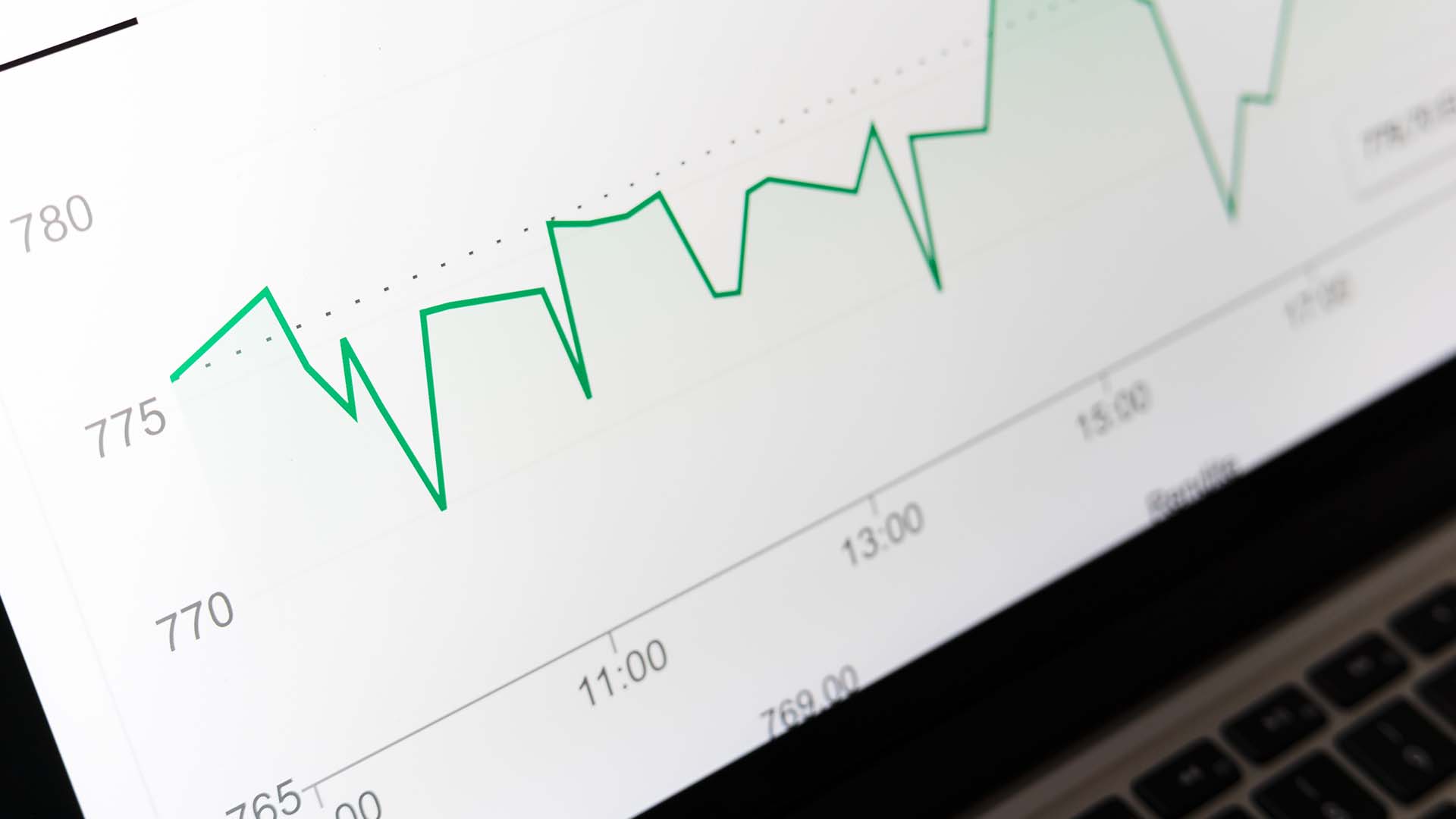The Time Value of an Option is the amount by which the price of a stock option exceeds its intrinsic value. A $100 call on a $101 stock that trades at five dollars has one dollar of intrinsic value and four dollars of time value. The greater the time until expiration, the greater the time value. Intuitively, if you buy an option with six months of life, it has a greater likelihood of making the anticipated move than an option with a few weeks of life. Consequently, you should expect to pay more for it. The time component also takes into account interest rates, dividends, the price of the stock and the expected volatility of the stock. An out of the money option is all time premium. At the money options have the greatest time value from a dollar standpoint. Out of the money options trade for a much smaller dollar amount, but they are 100% time premium. As the stock approaches the strike price, the dollar value of the stock option goes up. At the money stock options are also 100% time premium. Once the stock option goes in the money, it starts picking up intrinsic value on a percentage basis and on a dollar basis. Hence, the time value component decreases. Novice traders often view at the money stock options as being expensive because the time value is at its highest point. This is not accurate, and out of the money options can trade at much higher implied volatilities. If you believe the stock is going to make a significant move, buying at the money options can be an effective option trading strategy. Time value is also called time premium.
Time Value of an Option
Definitions
December 10, 2008
2 min read









